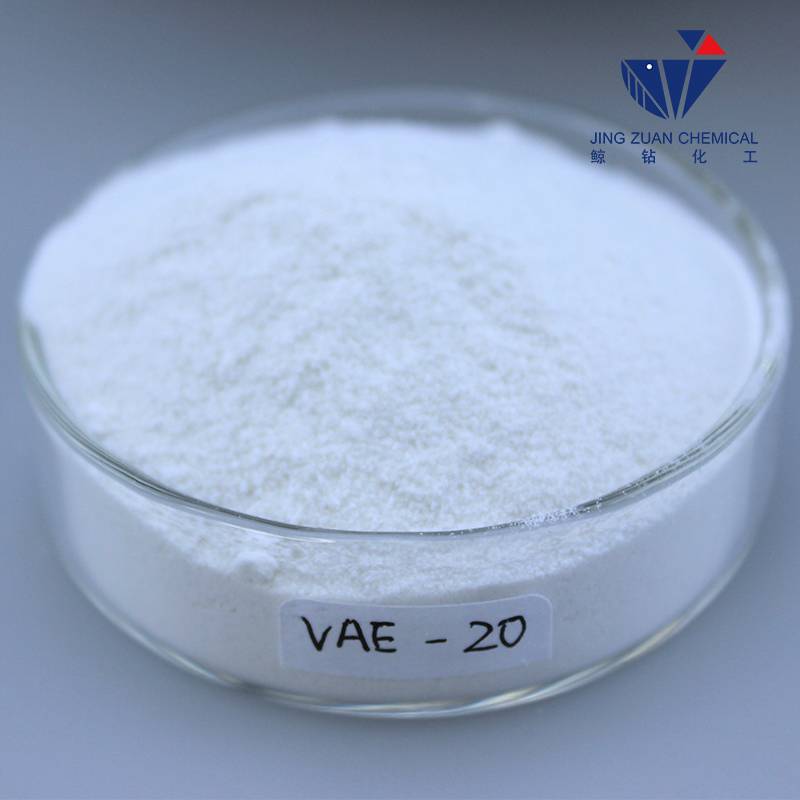
Dec . 12, 2024 09:40 Back to list
hydroxypropyl methylcellulose hpmc
Hydroxypropyl Methylcellulose (HPMC) A Versatile Polymer in Modern Applications
Hydroxypropyl methylcellulose (HPMC) is a semi-synthetic polymer derived from cellulose, a naturally occurring polysaccharide found in plant cell walls. Due to its unique properties, HPMC has become one of the most widely used materials in various industries, including pharmaceuticals, food, construction, and cosmetics. This article explores the characteristics, applications, and benefits of HPMC, highlighting its significance in modern science and technology.
Chemical Structure and Properties
HPMC is produced by modifying cellulose through hydroxypropyl and methyl substitution, which introduces hydroxyl and methoxy groups into the polymer backbone. This alteration enhances its solubility in water, making HPMC a useful compound for a variety of applications. The degree of substitution can vary, leading to different grades of HPMC with specific properties suited to industrial needs.
One of the most notable characteristics of HPMC is its ability to form a gel in the presence of water. This property is crucial for creating emulsions, which are stable mixtures of oil and water. Additionally, HPMC exhibits excellent film-forming capabilities, viscosity, and adhesion, making it suitable for applications that require thickening, binding, or stabilizing agents.
Applications of HPMC
1. Pharmaceuticals In the pharmaceutical industry, HPMC is commonly used as a binder and film-forming agent in tablets and capsules. Its ability to control the release of active compounds makes it ideal for sustained-release formulations. HPMC is also utilized in ophthalmic preparations as a lubricant and thickening agent, ensuring comfort and efficacy for patients requiring eye drops or gels.
2. Food Industry HPMC serves as a food additive, known for its thickening, emulsifying, and stabilizing properties. It is often employed in low-fat and gluten-free products to improve texture and mouthfeel. Additionally, HPMC aids in moisture retention, prolonging the shelf life of baked goods and other perishable items.
hydroxypropyl methylcellulose hpmc

3. Construction In the construction sector, HPMC is a key ingredient in cement-based products like tile adhesives, joint compounds, and plasters. Its water retention properties enhance the workability of these materials, allowing for extended application times. Furthermore, HPMC contributes to the durability and flexibility of construction materials, making them more resistant to cracking and degradation.
4. Cosmetics and Personal Care HPMC is frequently incorporated into hair and skin care products due to its ability to provide a smooth texture and improve the spreadability of formulations. It acts as a thickening agent in creams, lotions, and gels, enhancing their aesthetic qualities while ensuring optimal performance.
Benefits of HPMC
The versatility of HPMC offers numerous advantages across industries. First and foremost, it is non-toxic and biodegradable, making it a safe choice for use in food and pharmaceutical products. Its compatibility with other polymers and excipients allows for tailor-made formulations that cater to specific requirements. Additionally, HPMC is easy to handle and process, which contributes to its widespread adoption in manufacturing settings.
Moreover, as consumers become increasingly aware of the importance of sustainability, the demand for natural and biodegradable materials continues to rise. HPMC, with its cellulose origins, aligns well with these trends, promoting eco-friendly practices in various industries.
Conclusion
Hydroxypropyl methylcellulose is an exceptional polymer that embodies the intersection of nature and technology. Its diverse applications and beneficial properties underscore its importance in advancing multiple fields, particularly pharmaceuticals, food, construction, and cosmetics. As research continues to refine its applications, HPMC is poised to remain a key player in developing innovative solutions that meet modern demands while upholding safety and sustainability.
-
Versatile Hpmc Uses in Different Industries
NewsJun.19,2025
-
Redispersible Powder's Role in Enhancing Durability of Construction Products
NewsJun.19,2025
-
Hydroxyethyl Cellulose Applications Driving Green Industrial Processes
NewsJun.19,2025
-
Exploring Different Redispersible Polymer Powder
NewsJun.19,2025
-
Choosing the Right Mortar Bonding Agent
NewsJun.19,2025
-
Applications and Significance of China Hpmc in Modern Industries
NewsJun.19,2025







